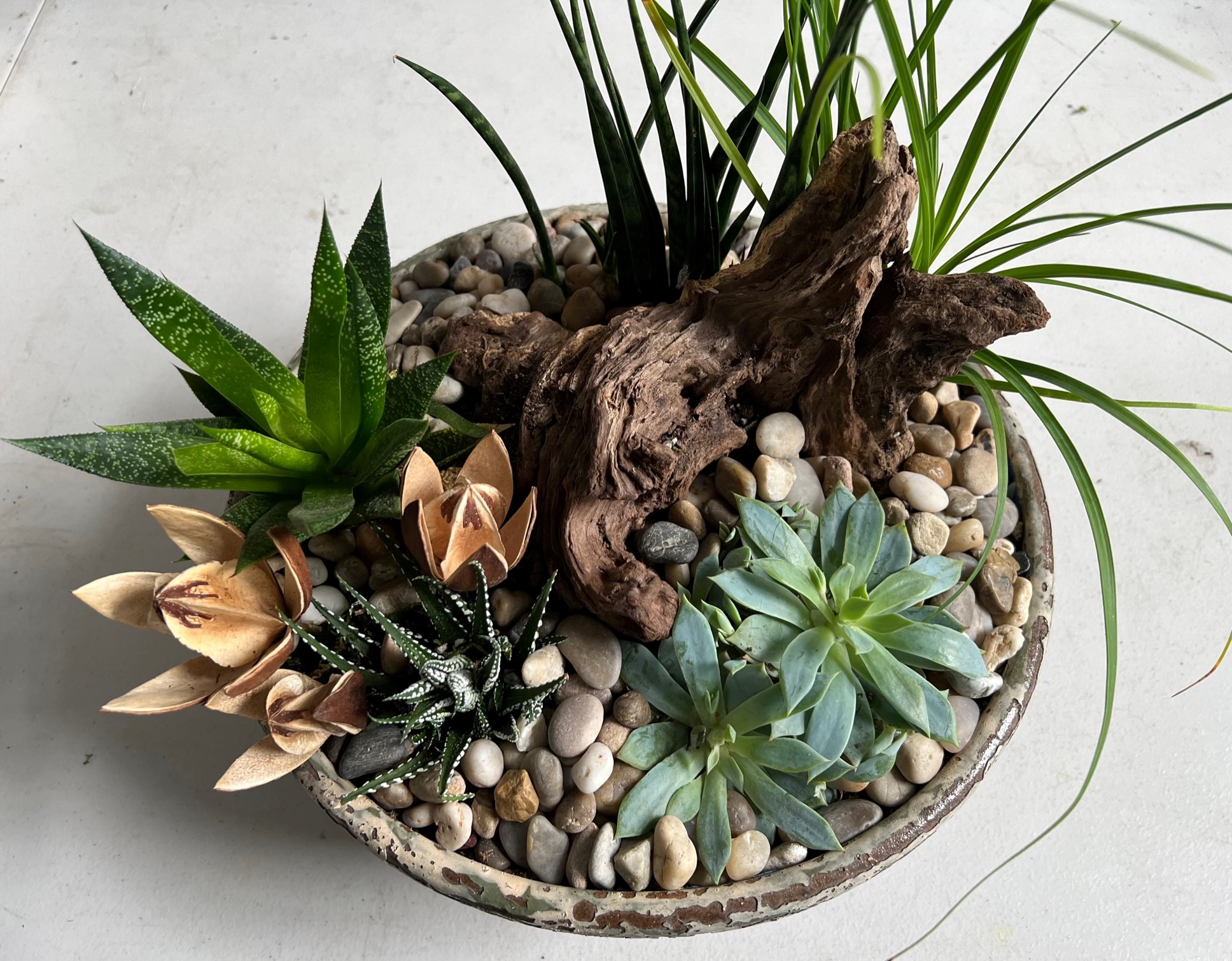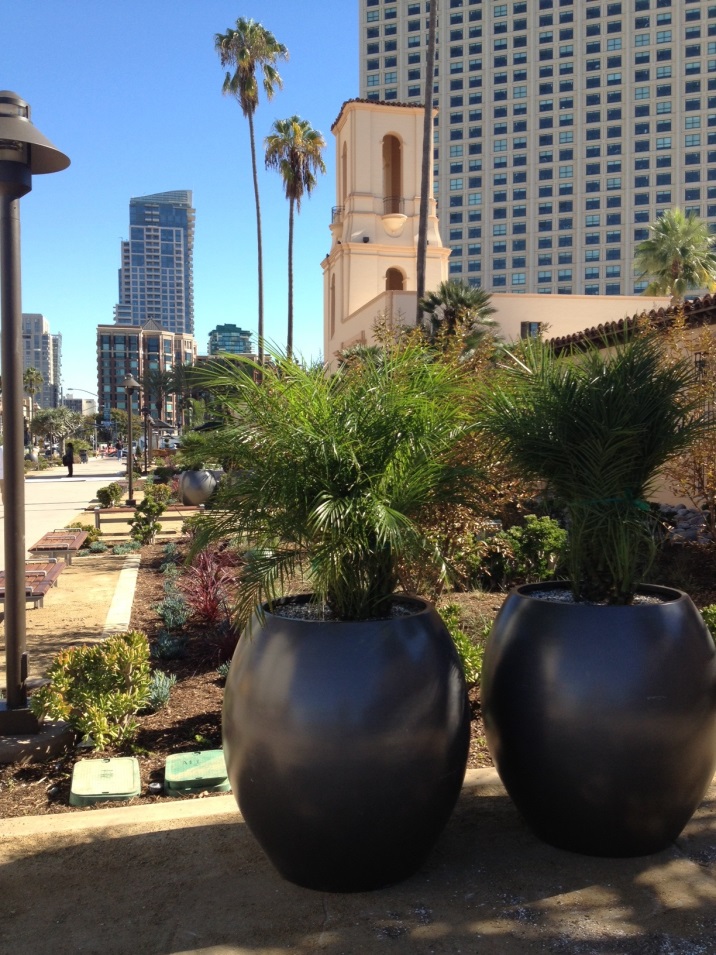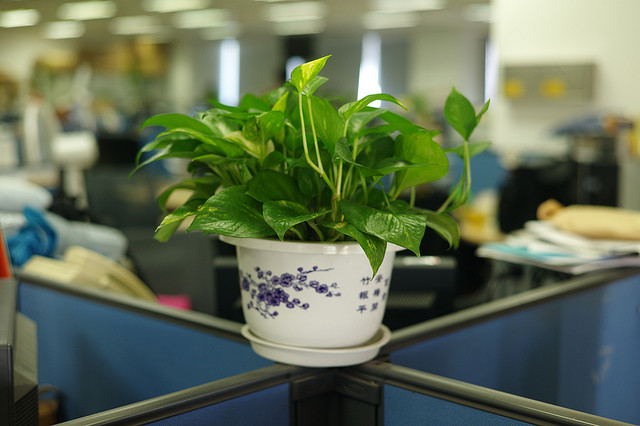Stone as Biophilic Design: Why You Need It
Everybody Must Get Stones
Last post, we took a look at wood as a biophilic element. In case you missed it, it’s not too late to check out some interesting pictures & facts on wood as a biophilic element.
This week, our focus has turned to stone.
As humans, we are innately connected to the natural world around us. Our affinity for nature is even reflected in the built environment, as we seek to bring elements of the natural world into our homes and workplaces. This sentiment is at the heart of biophilic design – a design trend that emphasizes the importance of incorporating elements of nature into the man-made environment, with the goal of enhancing our wellbeing.… Read More






